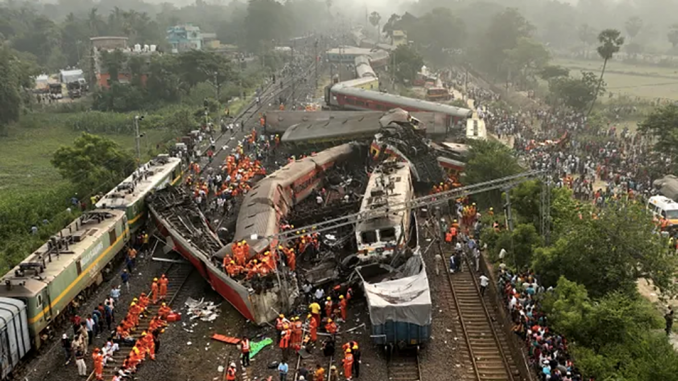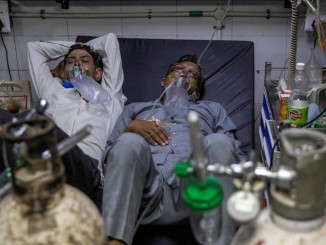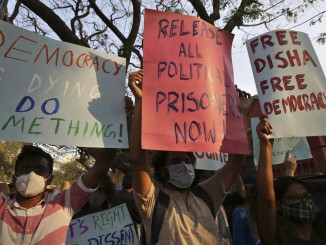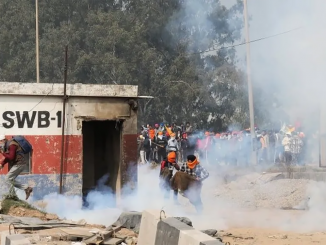
Last Friday’s train crash along a busy commuter rail line in eastern India brought to the fore – again – the deadly consequences of poor maintenance on rail lines around the world.
The crash occurred on a busy intercity line when one passenger train collided head-on with a stationary freight train at 80mph. The impact caused four or five of the passenger train cars to derail, which then slammed into another moving passenger train, with 23 cars derailing in total. The trains were carrying a combined 2,200 passengers, and at least 275 were killed in the crash.
The cause of the disaster is likely the computer-controlled track management system that automatically guides trains onto empty tracks, but may have malfunctioned in this case, sending the moving train onto a “loop track” where trains wait, rather than a through track meant for swift passage. While heat is a suspected culprit in the malfunction, that hasn’t been confirmed.
While India has improved its train system in the past decades and seen an absolute decline in accidents and derailments, the government has been criticized for emphasizing “glossy modernization projects” and high speed rail, while little has been done to improve everyday safety. While more trains are being run than ever before, the railroad workforce has not been increased. Most of the system was built prior to 1930, and new safety technologies have been slow to be implemented. On one of the most heavily used rail systems in the world, technical malfunctions or simple human error (made more likely by short-staffing) can easily kill hundreds.
These problems are not unique to India. Although some of India’s past rail accidents have been more deadly, the United States had nearly 1,000 in 2022 alone! While most aren’t disasters that kill hundreds, at least a few hundred people do die every year in rail accidents in the U.S., and some, like the Ohio freight derailment in February, are major catastrophes for local communities and the environment.
The question then becomes, why can’t these needless catastrophes and deaths be stopped? We know the technologies exist to make trains and rail travel safer. We know that regular inspection of equipment and lines helps. We could build more overpasses and underpasses so trains never meet cars and people on the same level. We know that having enough trained workers in charge of the equipment is a must. We know that we could build more train lines, to ease overcrowding. And on and on we could go, but the point is that we know how to make trains safer.
The fact is that the people who run our world don’t really have an interest in making trains safer. As long as those trains get people to work fairly consistently, and as long as they move the valuable (and often toxic and dangerous) cargo they haul, the ruling class really doesn’t care if a few hundred people die here and there. For them, it’s all a matter of priorities, and our safety isn’t one of them!




